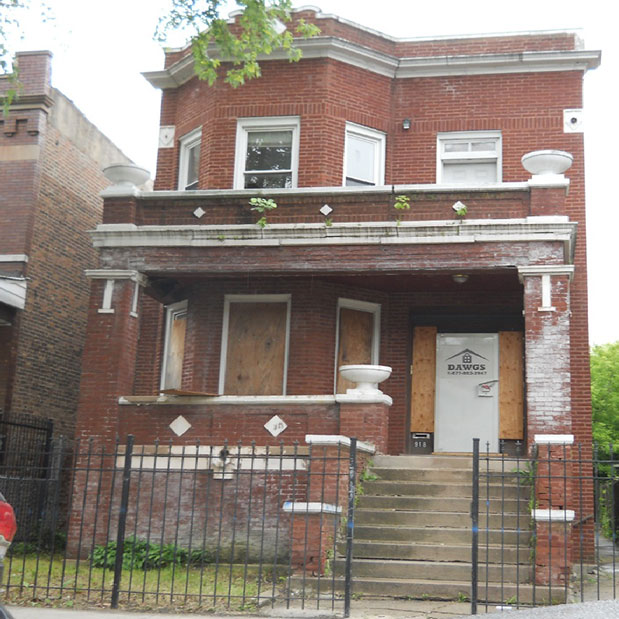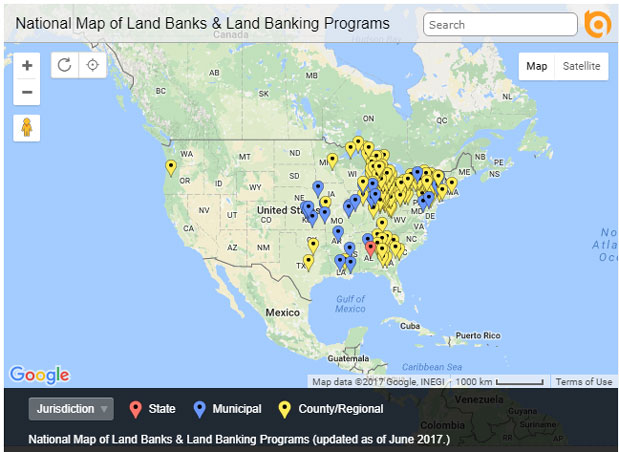By Brett Widness, Urban Land Institute | August 9th, 2017
For more than a decade, the brick “two-flat” on the 900 block of North Drake Avenue on Chicago’s West Side had been vacant. During the housing boom, a contractor began converting the building, a two-story detached home with two separate apartments and a basement, into a three-unit condominium, with plans to develop the basement level into a garden unit. But the job was never finished, the property was abandoned, and the condo units fell into foreclosure.
 Neighbors said the property became a hangout for heroin addicts, evidenced by the needles strewn in the yard and under the back porch. Residents called police regularly to report issues, and the neglected building had a variety of safety problems and structural concerns.
Neighbors said the property became a hangout for heroin addicts, evidenced by the needles strewn in the yard and under the back porch. Residents called police regularly to report issues, and the neglected building had a variety of safety problems and structural concerns.
But by the time the school year begins this fall, the West Humboldt Park home will have a new occupant. A first-time homeowner plans to move in after renovations are completed, says John Groene, neighborhood director of the West Humboldt Park office of Neighborhood Housing Services (NHS) of Chicago, a nonprofit neighborhood revitalization organization. The homeowner plans to live on one floor and rent out the other.
The change will have an immediate impact on the block. “Vacant buildings, if nothing else, are magnets for crime. There is crime in some blocks in Chicago only because there are vacant buildings that make it attractive for crime to happen there,” Groene says.
A major reason for this property’s happy ending is the involvement of a land bank that acquired the building and wiped out its back taxes and encumbrances, making it easier for someone to purchase the property and improve it, Groene says. The number of land banks throughout the country rose exponentially in the aftermath of the foreclosure crisis.
“This would have sat for another ten years or have been demolished, there were so many encumbrances against the title,” says Robert Rose, executive director of the Cook County Land Bank Authority (CCLBA). CCLBA acquired the abandoned property via forfeiture and was able to remove $60,000 to $70,000 of tax, water, and receivership costs. From there, NHS purchased the building and had a first-time homebuyer under contract within a month, Groene says.


